5 Practical Uses for Conductive Cloth Tape in Everyday Electronics
When it comes to solving EMI problems or improving electrical conductivity in devices, Conductive Cloth Tape is one of the most practical materials you can rely on. Whether you’re an engineer, a repair technician, or simply a DIY enthusiast, this versatile tape offers simple yet powerful solutions for electronic and electrical applications. Let’s explore five practical ways to use conductive cloth tape and how it can make your projects easier.
1. Shielding Against Electromagnetic Interference (EMI)
One of the most common uses of conductive cloth tape is EMI shielding. When electronic components are placed close together, electromagnetic interference can cause signal distortion or malfunction. Applying conductive cloth tape around cables or enclosures helps reduce these interferences effectively. Its high conductivity and durable adhesive layer ensure a reliable barrier against unwanted signals.
2. Grounding and Electrical Continuity
Conductive cloth tape provides an easy way to establish ground connections without soldering. You can simply stick the tape on metal surfaces or PCB edges to create an instant conductive path. This feature is especially useful in prototypes or temporary setups where grounding is required but permanent solutions aren’t yet installed.
3. Repairing and Reinforcing Circuit Paths
Sometimes, a small break in a conductive path can cause a big headache. Conductive cloth tape is a quick fix for minor circuit repairs. Instead of replacing the whole cable or board, you can apply the tape to reconnect the circuit. It’s flexible and thin enough to fit tight spaces, yet strong enough to maintain conductivity.
4. Enhancing the Internal Structure of Devices
In modern electronics, compact design is everything. Conductive cloth tape helps maintain both mechanical stability and electrical performance. It’s commonly used inside laptops, smartphones, and LCD panels to secure and connect components, while minimizing signal loss. Plus, its soft cloth texture reduces wear between parts.
5. Preventing Static and Improving Safety
Static electricity can easily damage sensitive electronic components. Conductive cloth tape helps dissipate static charge, keeping your devices safe from electrostatic discharge (ESD). Whether used in workshops, manufacturing lines, or home repairs, it’s a must-have material for anyone handling electronic assemblies.
Wrapping Up
Conductive cloth tape might look simple, but it plays a crucial role in the world of electronics. From shielding to grounding and ESD protection, its versatility makes it an essential tool for engineers and technicians alike. If you’re working on electrical projects and haven’t tried it yet — well, maybe it’s time you do!
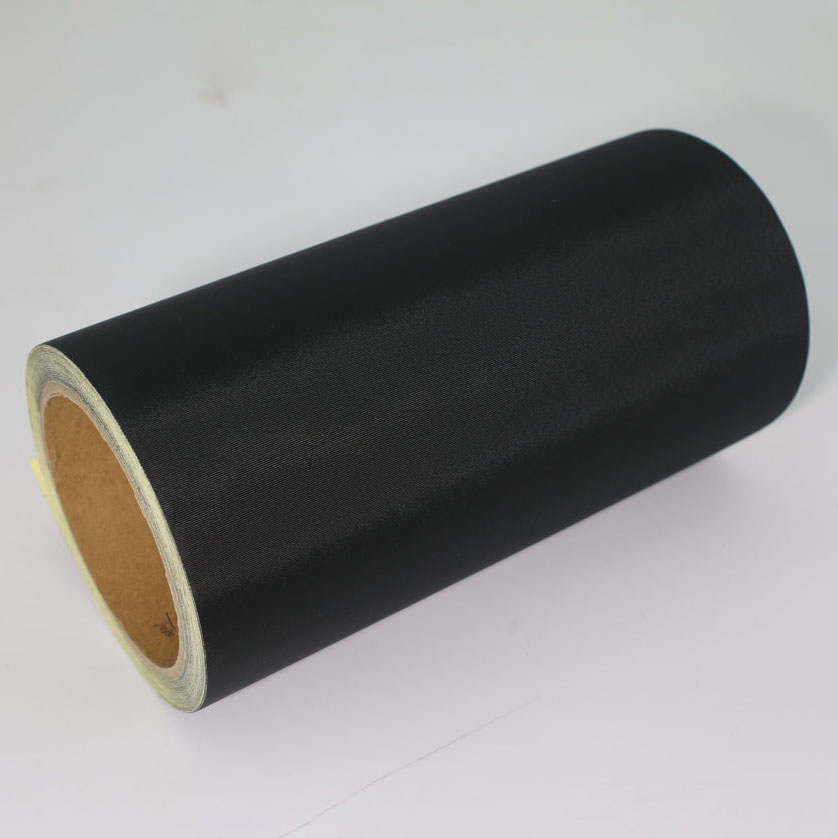 5 Ways Nylon Cloth Tape Solves Everyday Industrial and Consumer Challenges
5 Ways Nylon Cloth Tape Solves Everyday Industrial and Consumer Challenges
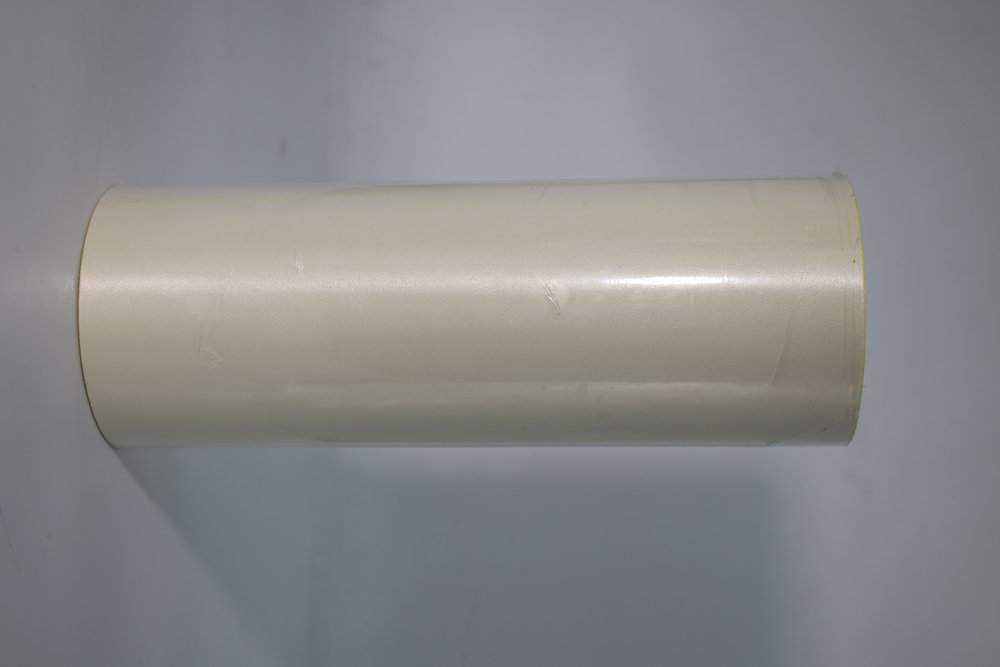 How Printable Tape Improves Labeling Efficiency Across Industries?
How Printable Tape Improves Labeling Efficiency Across Industries?
 How Light-Blocking Tape Enhances Product Performance in Modern Devices?
How Light-Blocking Tape Enhances Product Performance in Modern Devices?
 Why Light-Blocking Tape Matters More Than You Think in Modern Electronics
Why Light-Blocking Tape Matters More Than You Think in Modern Electronics
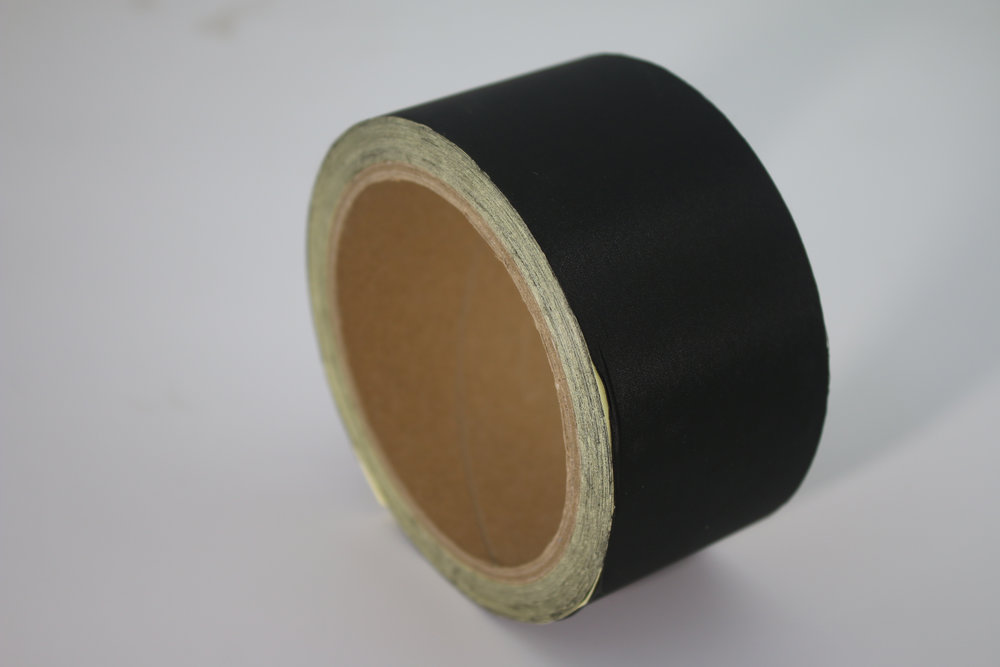 Why Nylon Cloth Tape Is the Most Underrated Tool in Every Industry
Why Nylon Cloth Tape Is the Most Underrated Tool in Every Industry
 How Automotive Wire Harness Tape Protects and Organizes Your Vehicle Wiring System
How Automotive Wire Harness Tape Protects and Organizes Your Vehicle Wiring System
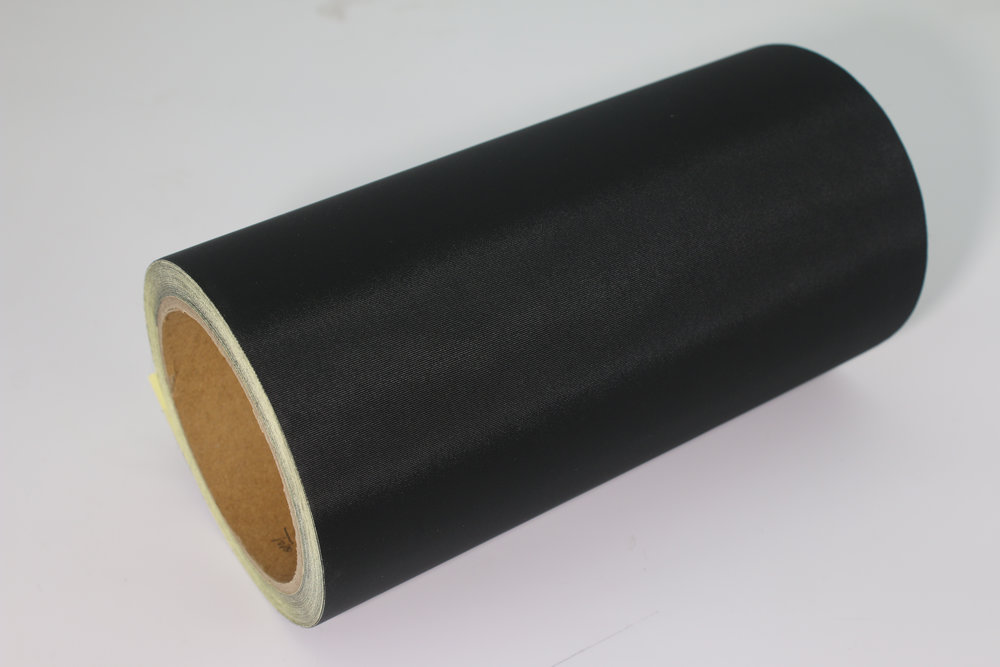 Light-Blocking Tape: Why It Matters in Modern Display and Lighting Design
Light-Blocking Tape: Why It Matters in Modern Display and Lighting Design
 Printable Tape: How It Enhances Design and Functionality
Printable Tape: How It Enhances Design and Functionality
 Why Is Conductive Cloth Tape So Important in Modern Electronics?
Why Is Conductive Cloth Tape So Important in Modern Electronics?
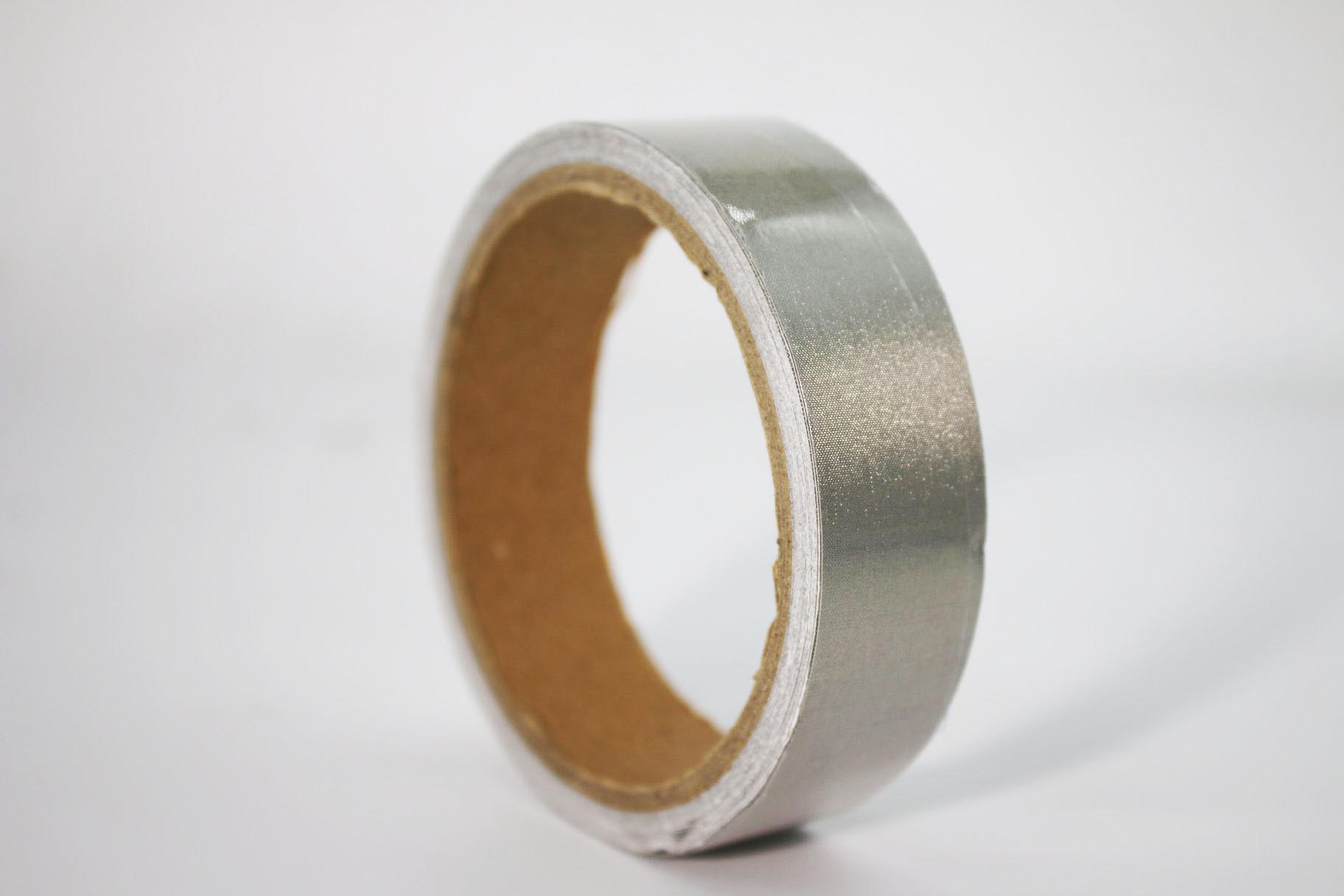 How Conductive Cloth Tape Improves Electronic Shielding and EMI Protection
How Conductive Cloth Tape Improves Electronic Shielding and EMI Protection
